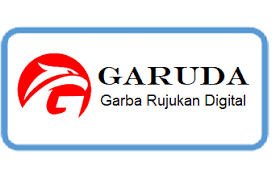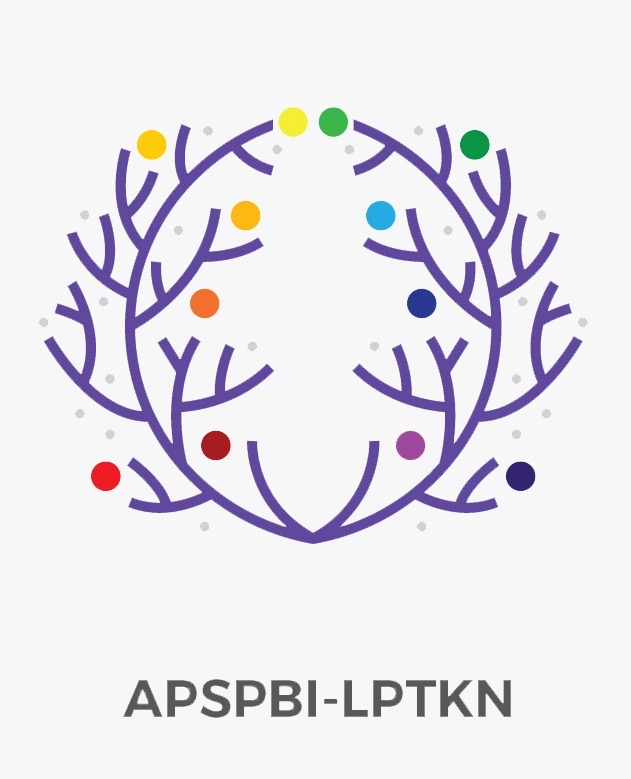STUDENTS’ PERCEPTION OF USING YOUTUBE IN VOCABULARY MASTERY
 ), Nurmin F. Samola(2), Javier C. Tuerah(3),
), Nurmin F. Samola(2), Javier C. Tuerah(3),
(1) Universitas Negeri Manado
(2) Universitas Negeri Manado
(3) Universitas Negeri Manado
 Corresponding Author
Corresponding Author
Abstract
The purpose of this study is find how students’ perceptions of using YouTube in Vocabulary Mastery. YouTube is online Video sharing platform which allows users to upload, view, and share video from all over the world therefore can also as media online learning especially in mastering vocabulary. The researchers use quantitative research and the sample of this research is 37 students in seven semester of English Education Department, Universitas Negeri Manado. Researchers use questionnaire as instrument in collecting the data. Questionnaire is one of research instrument, which aims for collecting data in survey research and also can be thought of as kind of written interview. The type of questionnaire that used in this research is closed-ended questionnaire. It is used like scale questionnaire in data collection and analyzed in statistical descriptive. Optional for the questioner measuring from strongly agrees, agree, neutral, disagree and strongly disagree. The result in this research is found by seeing the responses of students after distributing the questionnaire and collecting the data. As the result mostly students give positive perception using YouTube in vocabulary mastery and even give good impact to their ability especially in class environment.
Keywords : Vocabulary, YouTube, Students’ Perceptions
References
Aly Anwar Amer. (2002) Advanced
Vocabulary Instruction in EFL. The internet
TESL Journal Vol. vIII no 11, p, 1.
Berk, R. A. (2009). Multimedia
teaching with video clips: TV, movies, YouTube,
and mtvU in the College classroom. International journal of Teaching and
learning, 5(1). 1-21.
Budi Setiwan, (2010), Improving
The Students’ vocabulary Mastery Through
Direct Instruction, Surakarta:
Universitas Sebelas Maret, page :8.
Canning-Wilson, C. & Wallace, J. 2000. Practical Aspects of Using Video in the Foreign Language Classroom. (24 October 2013).
Destiny Apuke Oberiri (2017).
Quantitative Research Methods A Synopsis Approach. Department of Mass Communicaion, P. M. B 1167, Jalingo, Nigeria.
Creswell, Jhon W. (2009), Research
design: Qualitative, quantitative and mixed
Approach (3rd ed). California: Sage.
Goforth, Chelsea (2015). Using and Interpreting Cronbach’s Alpha. University
of Virginia Library
Heriyanto, Dwi. (2015). The
Effectiveness of using Youtube for Vocabalary
Mastery
Ho Mei Lin, Caroline (1997). The
Internet and English Language Teaching.
National Institute of Education (Singapore).
Kubai, Edwin (2019). Reliability and
Validity of Research Instruments. UNICAF
University – Zumbia.
Kurniawati, Dewi (2013). The
Effectiveness of using YouTube Video in Teaching English Grammar Viewed From Students’ Attitude. http:ejournal.radenintan.ic.id/indext.php/ENGEDU
Leedy, P. & Ormrod, J. (2001).
Practical research: planning and design (7th ed).
Upper Saddle River, NJ. San Francisco: Jossey-Bass.
McLoad, S. A. (2014).
Questionnaires. Retrieved July 4th, 2015, from
www.simplypsychology.org/questionnaires.html.
McLoed, S. A. (2018). Qestionnaire:
definition. Example, design and types. Simply psychology.
Mohsen Tavakol and Reg Dennick
(2011). Making sense of Cronbach’s Alpha.
International Journal of Medical Education.
Scott Thornbury. (2020) How to
teach vocabulary, (Middlesex: Longman, Pearson
Education.
Article Metrics
Abstract View : 2735 times
: 2735 times Download : 761 times
Download : 761 times
DOI: 10.36412/jellt.v5i2.2456
Refbacks
- There are currently no refbacks.
Copyright (c) 2021 Journal of English Language and Literature Teaching









